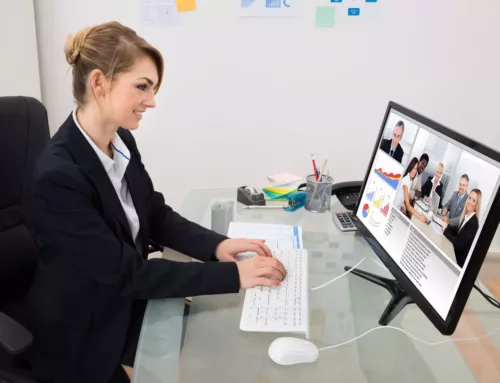The matter of meeting in-camera can sometimes raise questions for boards. In-camera, also referred to as an executive session, includes meetings where the board meets on its own (without the CEO) and meetings where the board meets alone with the CEO when no other staff or visitors are present. The questions that arise most frequently are: Do we really need to meet in-camera? Do we need to record what we talked about in-camera? Where should in-camera minutes be kept?
The answer to the first question is easy: yes. Boards need to meet regularly on their own (without the CEO) and regularly with the CEO when no other staff are present. Both scenarios allow the board the opportunity to discuss sensitive or confidential matters and allow board members to freely express their views, concerns, ideas and other matters amongst themselves. Best practice is to schedule regular in-camera meetings. That way they are not reserved for times of crisis, raising even more concerns and anxiety for those that aren’t included in the conversation. Regular in-camera sessions also reinforce to board members that they are an independent body, their opinions are important and they need to speak up, especially if they have concerns. It is a good idea to include an in-camera session on every agenda even if it only lasts two minutes.
The answer to the second question is also a resounding yes. Any time the board meets formally there should be a record of the discussion. The minutes do not have to be detailed but there should be a record of the topics that were discussed and the minutes should be approved by the board members during the next in-camera session. If motions are made in-camera, the board has two options. One is to record the motion in the in-camera session and the second is to come out of in-camera and record the motion in the regular minutes. The former option is generally only used for highly sensitive topics such as major changes to the organization or the CEO. The second option makes the tracking of motions much easier.
The final question is where the minutes should be kept. Since the Secretary takes the minutes they are sometimes tasked with keeping the copies. For small nonprofits this might be the most cost-effective option. There are two possible problems with this method. The first is that this option is only as good as the organizational skills of the Secretary. All it takes is one disorganized individual to misplace or forget to pass along these important historic records. The second problem is that the security of keeping these confidential documents in someone’s home is very poor. Some organizations opt to keep a copy of the in-camera minutes in a locked file in the office but that again is a weak option with regards to security if resourceful staff wish to read them. Current best practice is for the corporate council to keep a file of these minutes in their office. Once the minutes are approved by the board, the Secretary sends the lawyer a signed copy and they keep them in a file in their office. There may be a small fee involved but it is a secure and consistent method of ensuring proper records are kept.
Once a method is decided upon, instructions of how to properly keep the minutes of in-camera sessions and the instructions of who has access to them should be recorded in the Secretary’s duties in the Board Policy Manual so this best practice can carry on for years to come.







